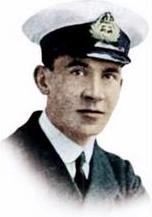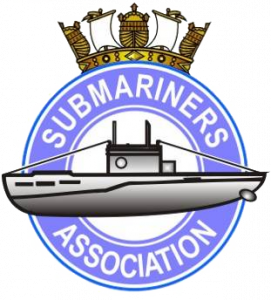Lieutenant
Richard Douglas
SANDFORD
,
VC
Royal Navy
27

Richard Sandford was born on 11 May 1891, the son of Ethel R Sandford of Exmouth, Devon and the late Venerable E G Sandford, Archdeacon of Exeter. He joined the Royal Navy as a Cadet in January 1904. He was appointed to submarine training in January 1914.
In December 1914, by now a Lieutenant, he had been appointed to HMS W1, followed by HMS G6 as First Lieutenant in February 1916. His first command appointment was to HMS C34 in August 1916, after which he went to HMS K6 as First Lieutenant in December 1916. After the Periscope School in January 1918, Sandford then commanded HMS C3. On 23 April 1918, C3 took part in the attack on Zeebrugge, during which the viaduct to the mole was destroyed, when C3 was blown up underneath it. Sandford was seriously wounded during the action. He was subsequently awarded the Victoria Cross. His citation read:
On 22/23 April 1918 at Zeebrugge, Belgium, Lieutenant Sandford commanding HM Submarine C.3, skilfully placed the vessel between the piles of the viaduct which connected the Mole with the shore, before laying his fuse and abandoning her. He disdained to use the gyro steering which would have enabled him and his crew to abandon the submarine at a safe distance, but preferred to make sure that his mission would be successful.
He was also appointed a Chevalier of the French Legion of Honour
After recovering from his wounds, he was appointed in command of C30 in August 1918 and, in October 1918, to G11. Shortly afterwards, Richard Sandford was taken ill and died of typhoid in hospital on 23 November 1918. He is buried in the Eston Cemetery in Yorkshire in Grave No. J.U.709.



